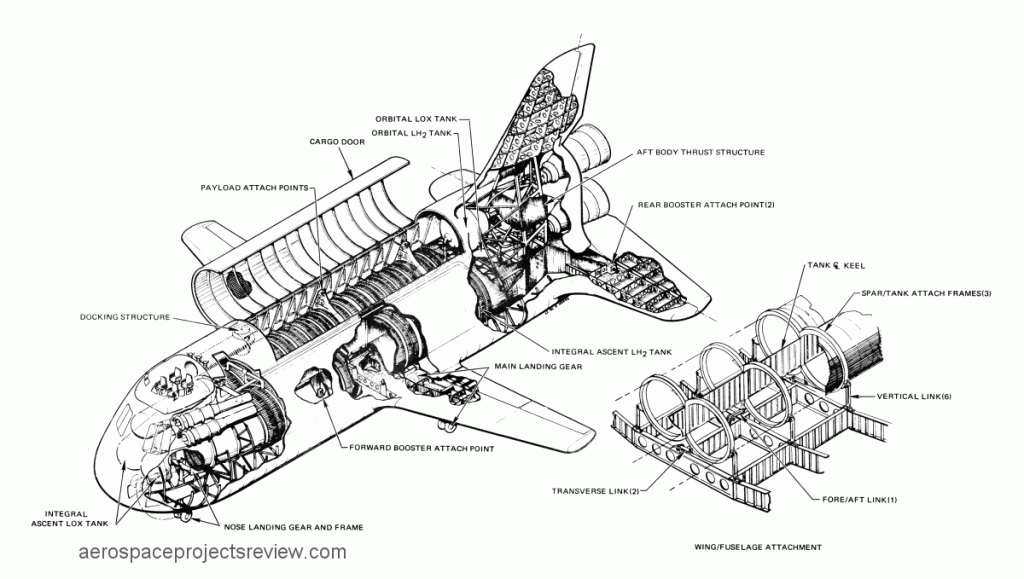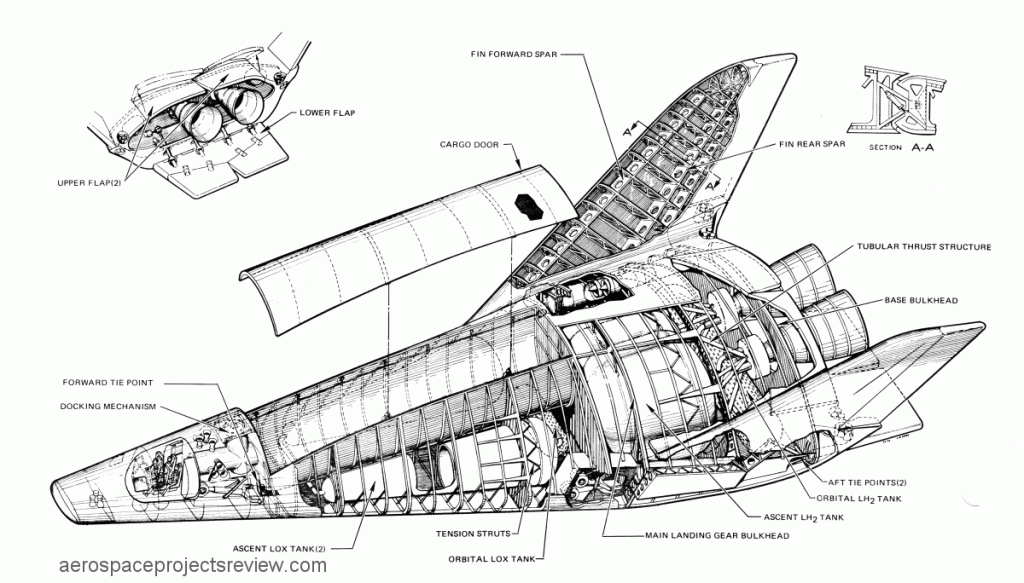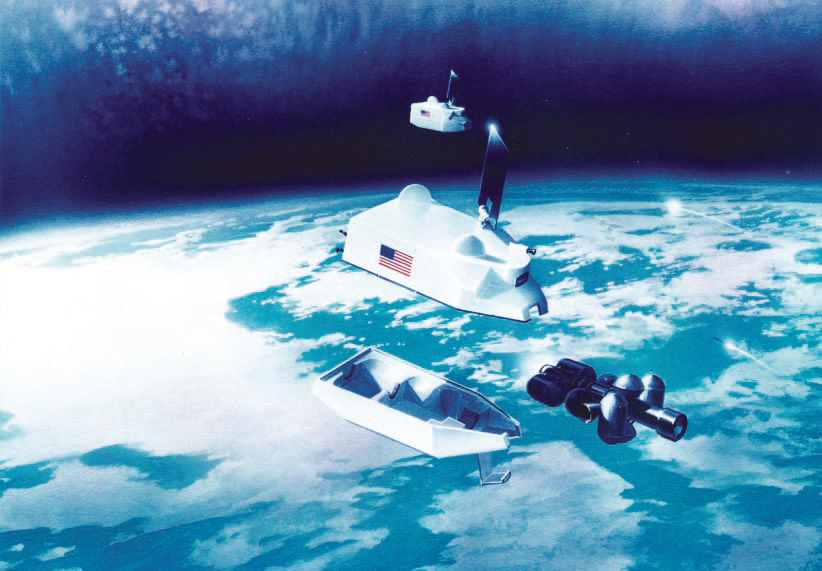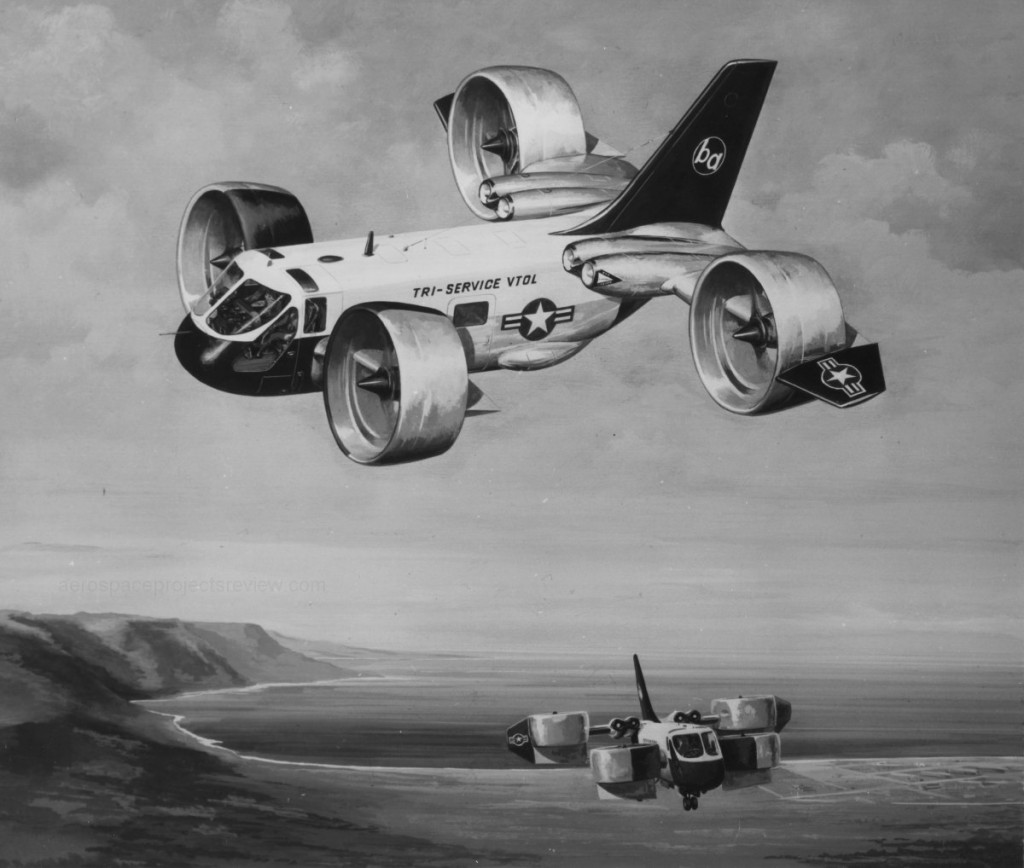The complete rework of APR from the original release a decade ago is going a lot slower than I’d planned. A lot of people have asked for the original versions of the as-yet-unreleased issues of APR to be made available. I’ve been hesitant to do so, but… it’s just taking too long. So, I’ve taken the original Word files for the six issues of Volume 4 and the six issues of Volume 5, and made two PDF files from them. I’m making them temporarily available as two bulk sets. When the issues are re-released, these full-volume sets will be withdrawn. So, Volume 5 might remain available till the sun explodes, I dunno…
If you’re dying to get hold of the old-school APRs, here’s your chance. Remember, these are the *original* files from around 2002-2004, without any updates, edits or other changes. Errors, crappy formatting and all. A bunch of the individual old articles remain available as well.
APR Original Run Volume 4 downloadable PDF: $30
———
APR Original Run Volume 5 downloadable PDF: $30
———
Here are the contents:
Volume 4:
The X-15 Research Airplane Competition: The Bell Aircraft Proposal by Dennis R. Jenkins
First in a series of articles describing the competitors for the X-15
Lockheed Model L-153 Part 2 by Bill Slayton
Immediately post-war M-wing jet fighter designs
Cobras Of The Field by Scott Lowther
Modified helicopters for ag duty
Lockheed Model L-153 Part 3 by Bill Slayton
Immediately post-war swept-wing jet fighter designs
The X-15 Research Airplane Competition: The Douglas Aircraft Proposal by Dennis R. Jenkins
The Douglas competitor for the X-15
The Martin “Spacemaster” by Scott Lowther
An unconventional design competitor for the Shuttle
Radial Engine P-51 Mustang by Scott Lowther
A little-known modification to the supreme WWII fighter
The X-15 Research Airplane Competition: The Republic Aviation Proposal by Dennis R. Jenkins
The Republic competitor for the X-15
Boeing Super Clippers, then and Now by Scott Lowther
Truly grand aircraft
The X-15 Research Airplane Competition: The North American Proposal by Dennis R. Jenkins
The winning competitor for the X-15
The HFB 530 Ranger by Mike Hirschberg A German VTOL strike/recon design
Lockheed Model L-153 Part 4 by Bill Slayton
Early Post-war variable geometry fighters
Sonic Cruiser Update by Scott Lowther
New drawings of a new aircraft
LARA Craft: COIN Raiders by Scott Lowther
A long way to go for a bad pun for some tough aircraft
English MUSTARD by Scott Lowther
An early 1960’s British fully reusable Space Shuttle
The NACA’s First Jet by Scott Lowther
The last gasp for ducted fans prior to the turbojet
Addendum to Issue V4N5
Ooops.
The Hopeless Diamond by Scott Lowther
The first cut of the stealth fighter
Sea Dragon by Scott Lowther
A giant, dirt-cheap launch vehicle
North American NA-116 by Scott Lowther
A long-range bomber
Multibody Designs From Lockheed by Scott Lowther
Unconventional yet fuel efficient designs
————————–
Volume 5:
Editor’s Gratuitous Additions: Republic XF-103
A little bit of extra info.
Republic XF-103 by Dennis R. Jenkins
About as sleek as an aircraft can get.
Boeing’s Advanced Multipurpose Large Launch Vehicle by Scott Lowther
Perhaps the most powerful space launcher ever seriously conceived.
McDonnell Douglas GRM-29A by Scott Lowther
Just about the coolest spaceplane ever… but would it have worked???
The Rockwell XFV-12A V/STOL Prototype by Dana E. Lubich
It came close…
XFV-12A Followons by Scott Lowther
The end of the program wasn’t the end of the concept
Hawker Siddeley HS 141 by Scott Lowther
VTOL jetliner concept
Bell/Boeing Armed XV-15 by Scott Lowther
A tilt rotor with a mission
Lockheed Sea Sitter by Scott Lowther
A seaplane to conquer the oceans
Early Atlas Missile Designs by Scott Lowther
Evolution of America’s first ICBM
Boeing’s Air-Launched Micro-Fighters by Scott Lowther
The fighter needed for a flying aircraft carrier
Chrysler SERV by Scott Lowther
An SSTO Space Shuttle design
Soviet Seaplane Jet Bombers by Thomas Mueller and Jens Baganz
A counterpoint to American efforts
4,000 Ton Orion by Scott Lowther
Recently declassified data on a large nuclear pulse propulsion craft
Mart Model 262 by Scott Lowther
A mysteriously delayed article on VTOL fighters…
NASA Langley High Speed Civil Transport by Scott Lowther
Mach 3 and Mach 4 transports from the late 1980’s
Convair/Canadair Tilt-Wing Close Support Aircraft by Scott Lowther
VTOL gunship
Spacejet by Scott Lowther
Spaceplanes with dropable jet engines
Handley Page All-Wing Airbus by Scott Lowther
A British flying-wing transport from the 1960’s
Convair NX-2 Nuclear Powered Bomber by Scott Lowther
A well known but – until now – poorly documented nuclear powered aircraft project
Technology Needs for High Speed Rotorcraft Part 1 Sikorsky and Bell by Scott Lowther
Tiltrotos, tiltwings, fan-in-body designs
Lockheed-Martin ICE by Scott Lowther
An experimental tailless stealth fighter design
Raumwaffe, 1946
Boeing WS-110A
X-Wings
Dash-On-Warning














